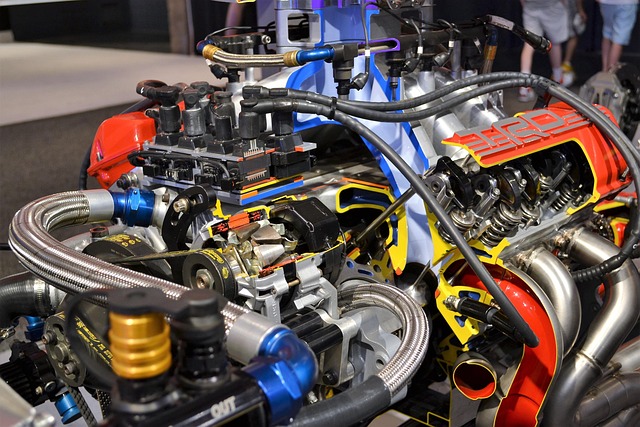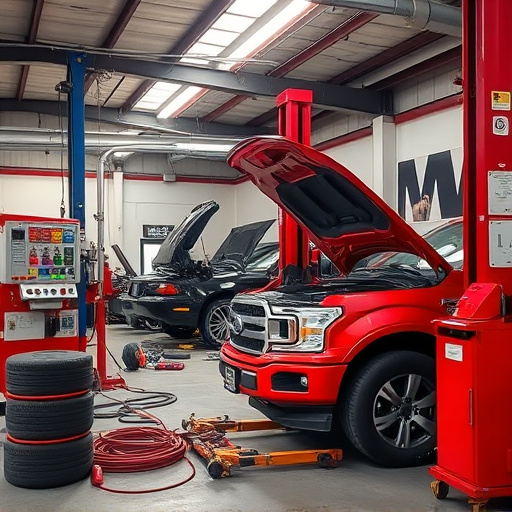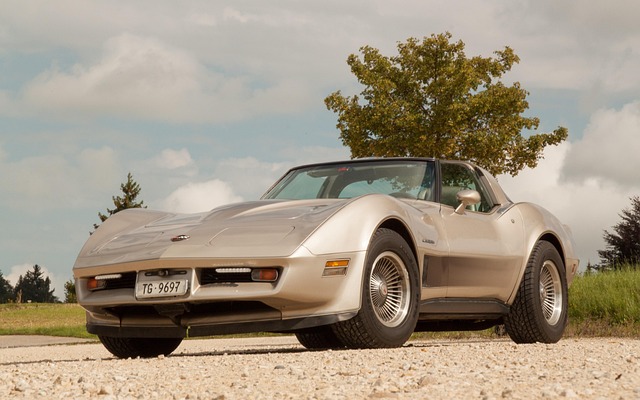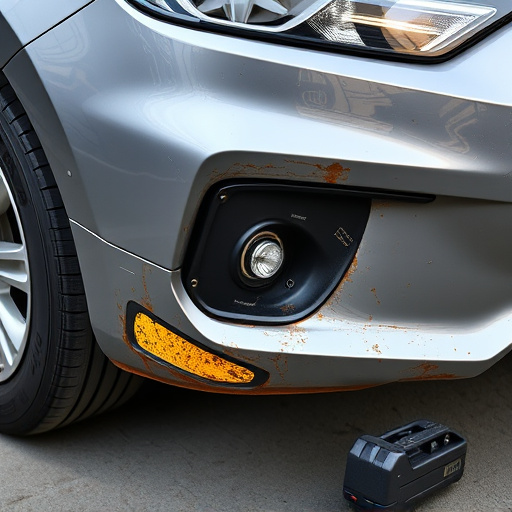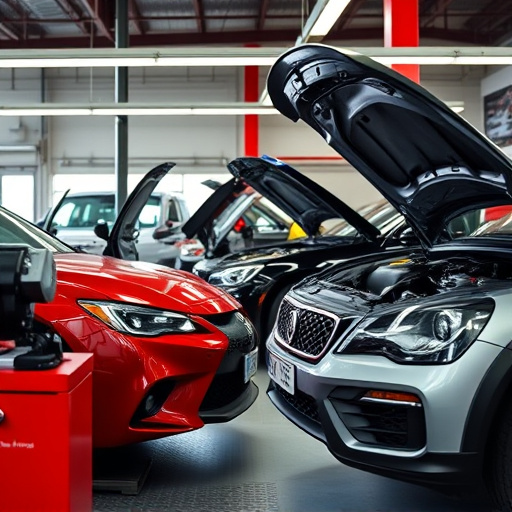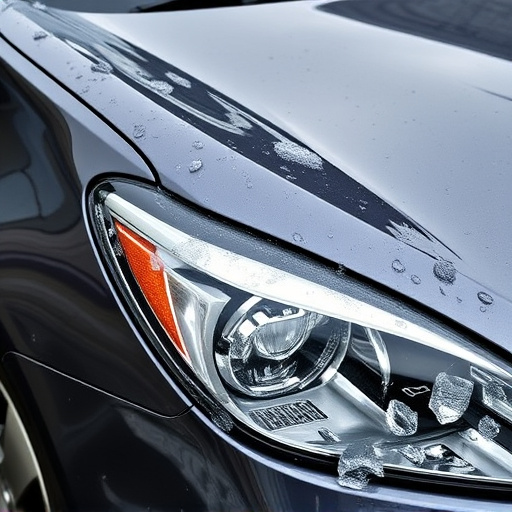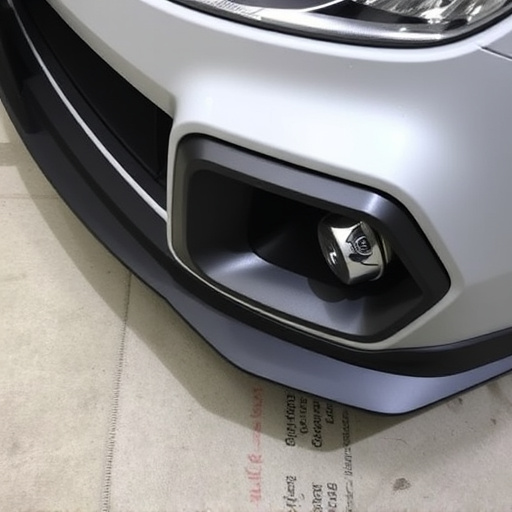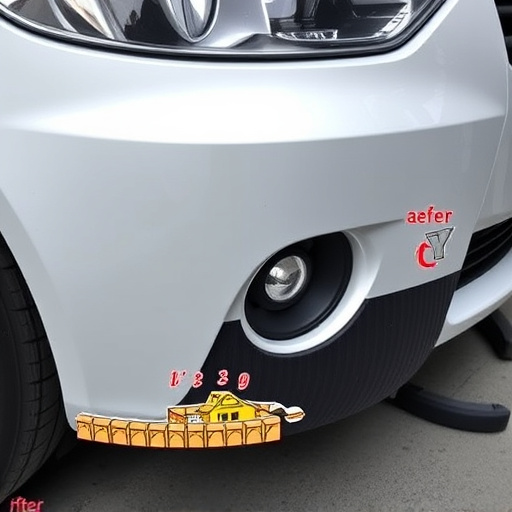Tesla Superchargers enable fast charging for Tesla EVs, reaching 80% in 15 minutes, crucial for long-distance travel. Compatibility with these chargers and destination charging options like Level 2 charges at businesses and repair shops is essential for planning trips and addressing range anxiety. Access to charging solutions along highways and in urban areas promotes EV adoption and sustainable transportation.
“In today’s electric vehicle landscape, understanding Tesla Supercharger compatibility is crucial for seamless travel. This comprehensive guide delves into the basics of Tesla’s Supercharger network and explores destination charging options. We break down how these two elements work together to enhance your EV experience. From rapid charging on the highway to home charging setups, this article provides an in-depth look at Tesla Supercharger compatibility, ensuring you’re equipped with knowledge for all your charging needs.”
- Understanding Tesla Supercharger Basics
- Destination Charging: An Overview
- Exploring Supercharger Compatibility Options
Understanding Tesla Supercharger Basics

Tesla Superchargers are a network of rapid charging stations designed specifically for Tesla electric vehicles. These high-speed chargers play a pivotal role in making long-distance travel more feasible and convenient for Tesla owners. The Supercharger network is a key differentiator in the EV market, offering faster charging times compared to traditional public charging options. Each Supercharger station is equipped with multiple charging ports, allowing multiple cars to charge simultaneously. This efficient design ensures that drivers can quickly top up their vehicles’ batteries while on the move.
Understanding Tesla Supercharger compatibility is essential for owners planning road trips or seeking convenient charging solutions at destinations. The company offers various charging options, including wall connectors for home and business use, as well as mobile connectors for on-the-go charging. While these options cater to different needs, Superchargers stand out for their speed and availability along major highways and urban centers. In the event of damage to a Tesla vehicle, such as car scratch repair or vehicle dent repair, owners can rely on the Supercharger network’s resilience, ensuring they can continue their journey with minimal disruption.
Destination Charging: An Overview

Destination charging refers to the ability to charge electric vehicles (EVs) at or near their destination, such as homes, workplaces, or public locations. This concept is crucial for alleviating range anxiety, one of the primary barriers to EV adoption. Unlike Tesla Superchargers, which are fast-charging stations designed for long-distance travel, destination charging focuses on providing convenient and accessible charging options for daily use. Many destinations now offer various charging options, from Level 1 (120V outlets) suitable for slow charging at home, to Level 2 (240V outlets) that provide faster charging times ideal for work or public spaces.
The integration of destination charging with Tesla Supercharger compatibility is essential for creating a seamless EV ownership experience. By offering both fast-charging solutions on the go and accessible charging options at destinations, Tesla owners can enjoy greater flexibility and convenience. This dual approach ensures that drivers have reliable access to power during long journeys while also addressing the need for practical, everyday charging solutions, ultimately fostering a broader adoption of electric vehicles and reducing our environmental footprint through sustainable transportation practices.
Exploring Supercharger Compatibility Options
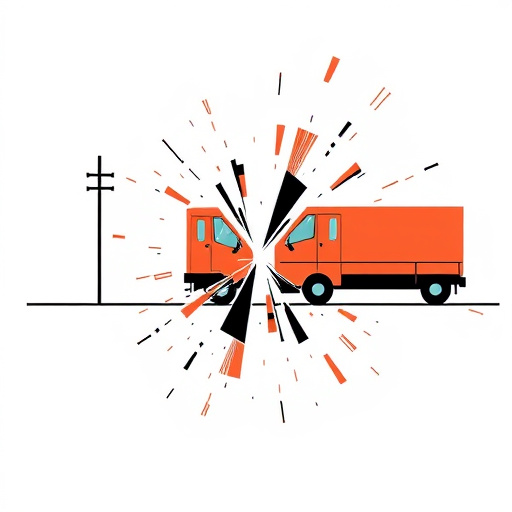
When considering long-distance travel in a Tesla vehicle, understanding the compatibility options for both Supercharger networks and destination charging is essential. The Tesla Supercharger network offers rapid charging at strategically placed stations along major highways, making it ideal for quick refuels during cross-country journeys. However, not all destinations have access to these high-speed chargers, leading many owners to explore alternative charging solutions.
One such option involves integrating destination charging capabilities into your vehicle’s routine. Many hotels, restaurants, and shopping centers now offer Level 2 charging stations for electric vehicles, providing a more convenient and potentially less expensive way to recharge during stops. Compatibility with these various charging options ensures that Tesla owners can plan their trips with confidence, knowing they’ll have reliable access to the power they need, whether it’s through Superchargers or alternative destination charging locations, such as those available at collision centers or car body repair shops equipped with modern charging infrastructure.
Tesla’s Supercharger network offers a convenient and efficient solution for electric vehicle (EV) owners, but understanding its compatibility with destination charging options is key. By exploring the various Supercharger compatibility choices, EV drivers can seamlessly navigate long-distance travel and ensure access to charging infrastructure at their destinations. This article has provided an overview of Tesla’s Supercharger basics and destination charging, highlighting how these systems work together to enhance the overall EV ownership experience.
